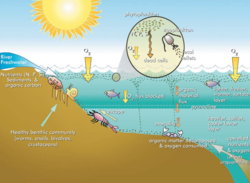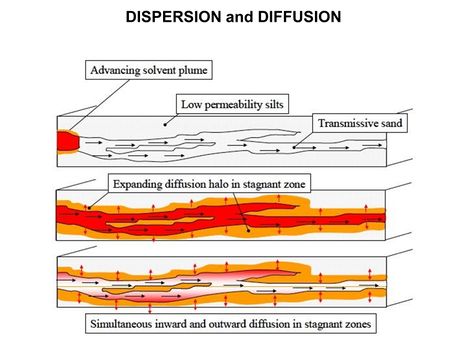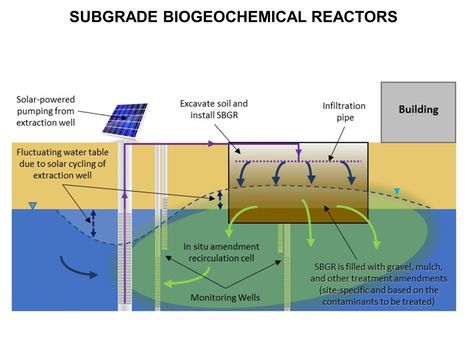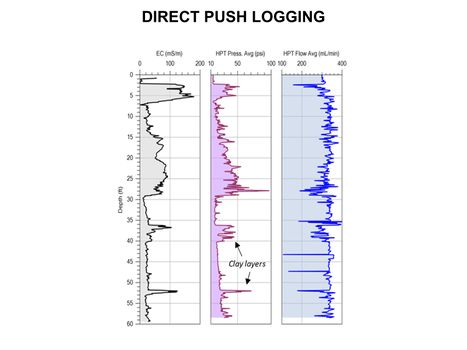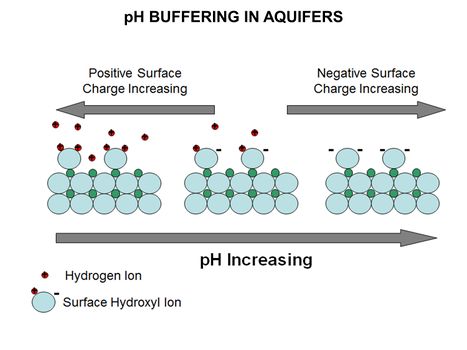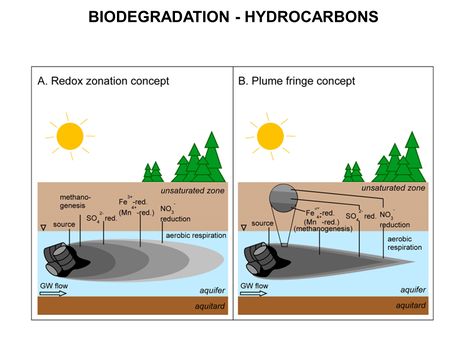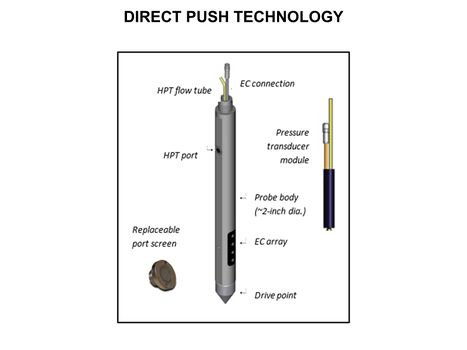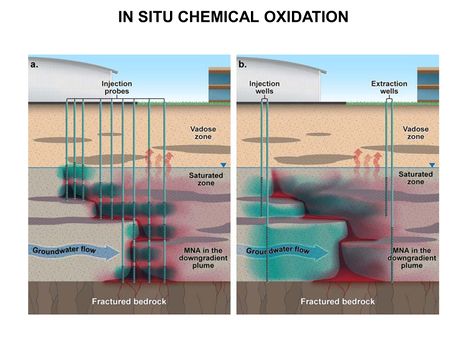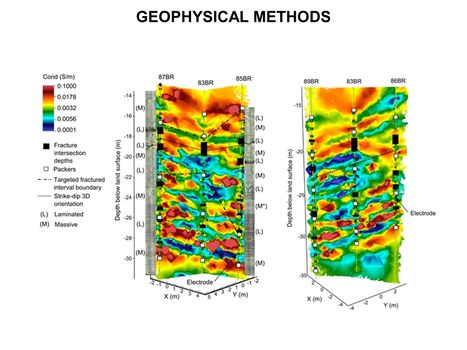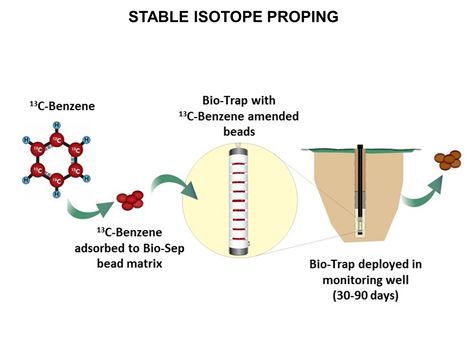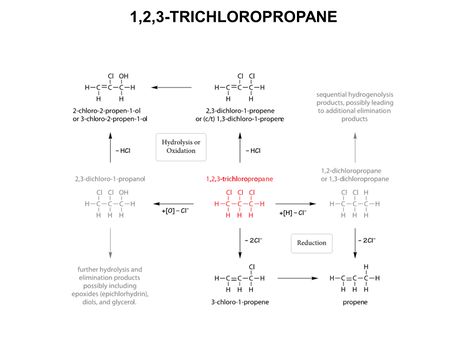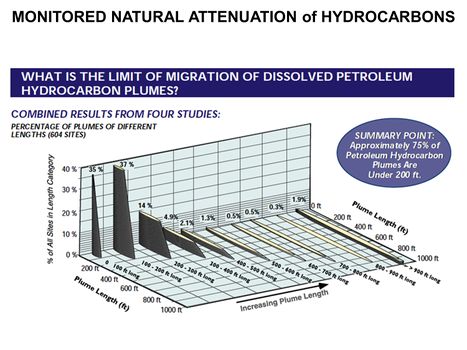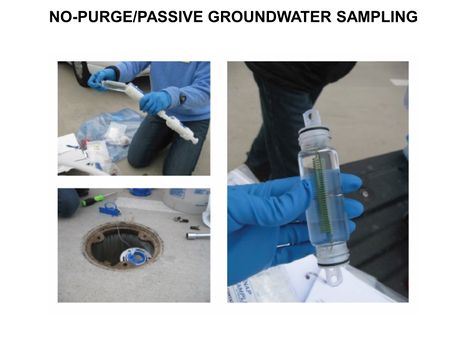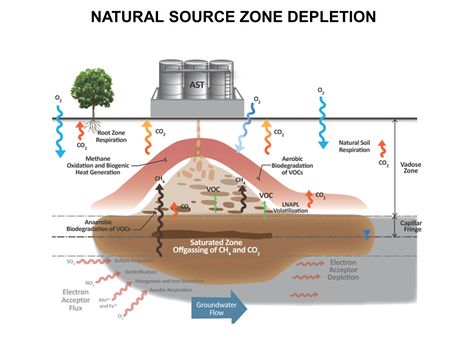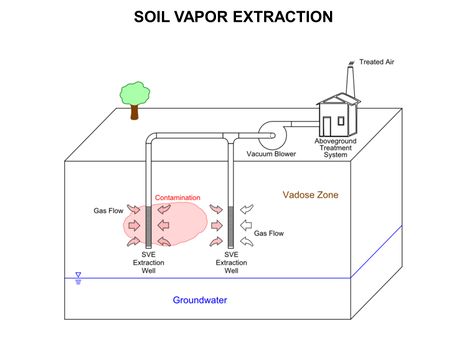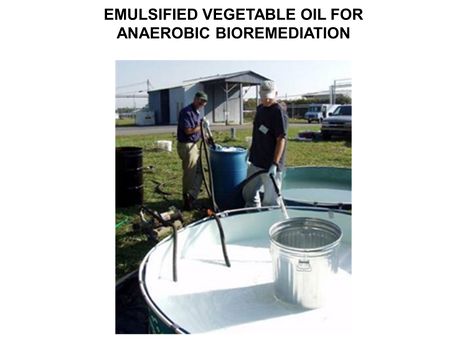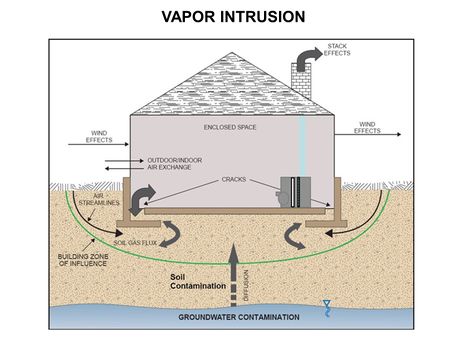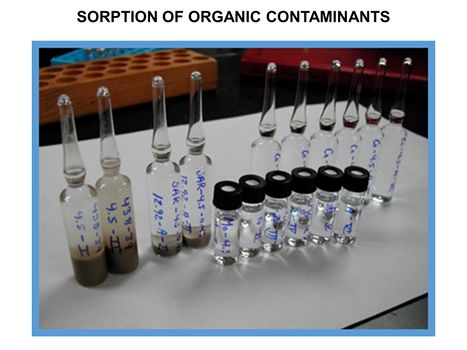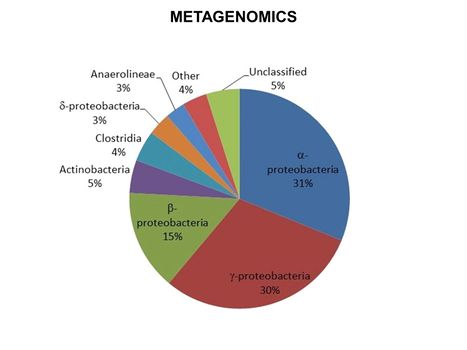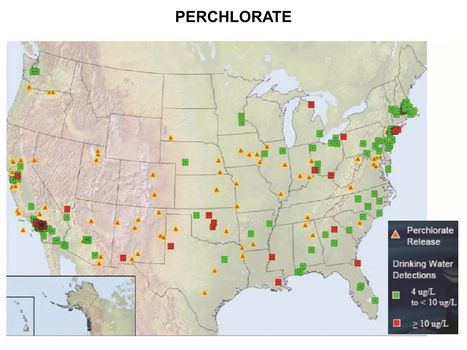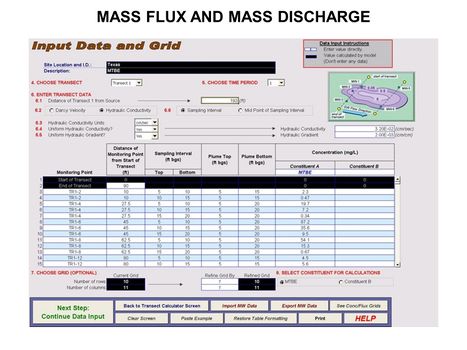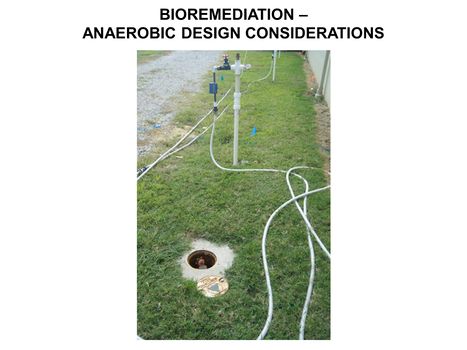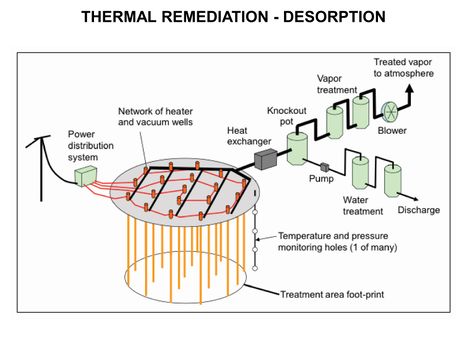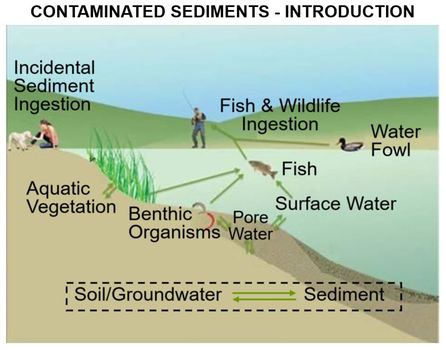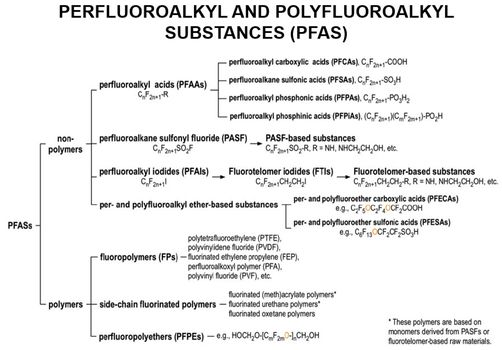Difference between revisions of "Main Page"
Debra Tabron (talk | contribs) (Tag: Visual edit) |
|||
| Line 81: | Line 81: | ||
**[[Vapor Intrusion - Separation Distances from Petroleum Sources]] | **[[Vapor Intrusion - Separation Distances from Petroleum Sources]] | ||
**[[Vapor Intrusion – Sewers and Utility Tunnels as Preferential Pathways]] | **[[Vapor Intrusion – Sewers and Utility Tunnels as Preferential Pathways]] | ||
| + | |||
<u>'''[[Characterization, Assessment & Monitoring]]'''</u> | <u>'''[[Characterization, Assessment & Monitoring]]'''</u> | ||
| Line 100: | Line 101: | ||
**[[Stable Isotope Probing (SIP)]] | **[[Stable Isotope Probing (SIP)]] | ||
*[[Natural Attenuation in Source Zone and Groundwater Plume - Bemidji Crude Oil Spill]] | *[[Natural Attenuation in Source Zone and Groundwater Plume - Bemidji Crude Oil Spill]] | ||
| + | |||
<u>'''[[Climate Change]]'''</u> | <u>'''[[Climate Change]]'''</u> | ||
| + | |||
*[[Climate Change Primer]] | *[[Climate Change Primer]] | ||
| − | |||
| − | |||
| style="width:33%; vertical-align:top; " | | | style="width:33%; vertical-align:top; " | | ||
<u>'''[[Coastal and Estuarine Ecology]]'''</u> | <u>'''[[Coastal and Estuarine Ecology]]'''</u> | ||
*[[Phytoplankton (Algae) Blooms]] | *[[Phytoplankton (Algae) Blooms]] | ||
| + | |||
<u>'''[[Contaminated Sediments]]'''</u> | <u>'''[[Contaminated Sediments]]'''</u> | ||
| Line 115: | Line 117: | ||
*[[Contaminated Sediments - Introduction]] | *[[Contaminated Sediments - Introduction]] | ||
| − | |||
| − | |||
| − | |||
| − | |||
| − | |||
| − | |||
| − | |||
| − | |||
| − | |||
| − | |||
| − | |||
<u>'''[[Munitions Constituents]]'''</u> | <u>'''[[Munitions Constituents]]'''</u> | ||
| Line 139: | Line 130: | ||
*[[Munitions Constituents - IM Toxicology | Toxicology]] | *[[Munitions Constituents - IM Toxicology | Toxicology]] | ||
*[[Munitions Constituents- TREECS™ Fate and Risk Modeling|TREECS™]] | *[[Munitions Constituents- TREECS™ Fate and Risk Modeling|TREECS™]] | ||
| + | |||
<u>'''[[Monitored Natural Attenuation (MNA)]]'''</u> | <u>'''[[Monitored Natural Attenuation (MNA)]]'''</u> | ||
| Line 148: | Line 140: | ||
*[[Monitored Natural Attenuation - Transitioning from Active Remedies| Transitioning from Active Remedies]] | *[[Monitored Natural Attenuation - Transitioning from Active Remedies| Transitioning from Active Remedies]] | ||
| − | + | ||
<u>'''[[Regulatory Issues and Site Management]]'''</u> | <u>'''[[Regulatory Issues and Site Management]]'''</u> | ||
| Line 158: | Line 150: | ||
*[[Sustainable Remediation]] | *[[Sustainable Remediation]] | ||
| − | <u>'''[[Remediation Technologies]]'''</u> | + | | style="width:33%; vertical-align:top; " |<u>'''[[Remediation Technologies]]'''</u> |
*[[Bioremediation - Anaerobic|Anaerobic Bioremediation]] | *[[Bioremediation - Anaerobic|Anaerobic Bioremediation]] | ||
| Line 187: | Line 179: | ||
**[[Thermal Remediation - Smoldering | Smoldering]] | **[[Thermal Remediation - Smoldering | Smoldering]] | ||
**[[Thermal Remediation - Steam | Steam]] | **[[Thermal Remediation - Steam | Steam]] | ||
| + | |||
| + | |||
| + | <u>'''[[Soil & Groundwater Contaminants]]'''</u> | ||
| + | |||
| + | *[[1,4-Dioxane]] | ||
| + | *[[Chlorinated Solvents]] | ||
| + | *[[Metal and Metalloid Contaminants|Metals and Metalloids]] | ||
| + | *[[N-nitrosodimethylamine (NDMA)]] | ||
| + | *[[Perchlorate|Perchlorate]] | ||
| + | *[[Perfluoroalkyl and Polyfluoroalkyl Substances (PFAS)|PFAS]] | ||
| + | *[[Petroleum Hydrocarbons (PHCs)]] | ||
| + | *[[Polycyclic Aromatic Hydrocarbons (PAHs)]] | ||
| + | *[[1,2,3-Trichloropropane|Trichloropropane (TCP)]] | ||
|} | |} | ||
|} | |} | ||
|} | |} | ||
Revision as of 15:49, 5 June 2020
Peer Reviewed. Accessible. Written By Experts |
Your Environmental Information Gateway |
| The goal of ENVIRO.wiki is to make scientific and engineering research results more accessible to environmental professionals, facilitating the permitting, design and implementation of environmental projects. Articles are written and edited by invited experts (see Contributors) to summarize current knowledge for the target audience on an array of topics, with cross-linked references to reports and technical literature. | See Table of Contents |
Featured article / Phytoplankton (Algae) BloomsPer and polyfluoroalkyl substances (PFAS) contained in Class B aqueous film-forming foams (AFFFs) are known to accumulate on wetted surfaces of many fire suppression systems after decades of exposure.
Fire suppression systems with potential PFAS impacts include fire fighting vehicles that carried AFFF and fixed suppression systems in buildings containing large amounts of flammable materials such as aircraft hangars. PFAS residue on the wetted surfaces of existing infrastructure can rebound into replacement PFAS-free firefighting formulations if not removed during the transition process. Simple surface rinsing with water and low-pressure washing has been proven to be inefficient for removal of surface bound PFAS from piping and tanks that contained fluorinated AFFF.In addition to proper methods for system cleaning to remove residual PFAS, transition to PFAS-free foam may also include consideration of compliance with state and federal regulations, selection of the replacement PFAS-free firefighting formulation, a cost benefit analysis for replacement of the system components versus cleaning, and clean out verification testing. Foam transition should be completed in a manner which minimizes the volume of waste generated as well as preventing any PFAS release into the environment. Companies are developing new methods to remove self-assembled PFAS bilayers from existing fire-fighting infrastructure so that it can be successfully transitioned to PFAS-free formulations. PFAS sampling techniques used to support firefighting formulation transition activities are consistent with conventional sampling techniques used in the environmental industry, but special consideration is made regarding high concentration PFAS materials, elevated detection levels, cross-contamination potential, precursor content, and matrix interferences. The analytical method selected should be appropriate for the regulatory requirements in the site area. |
Enviro Wiki Highlights |

